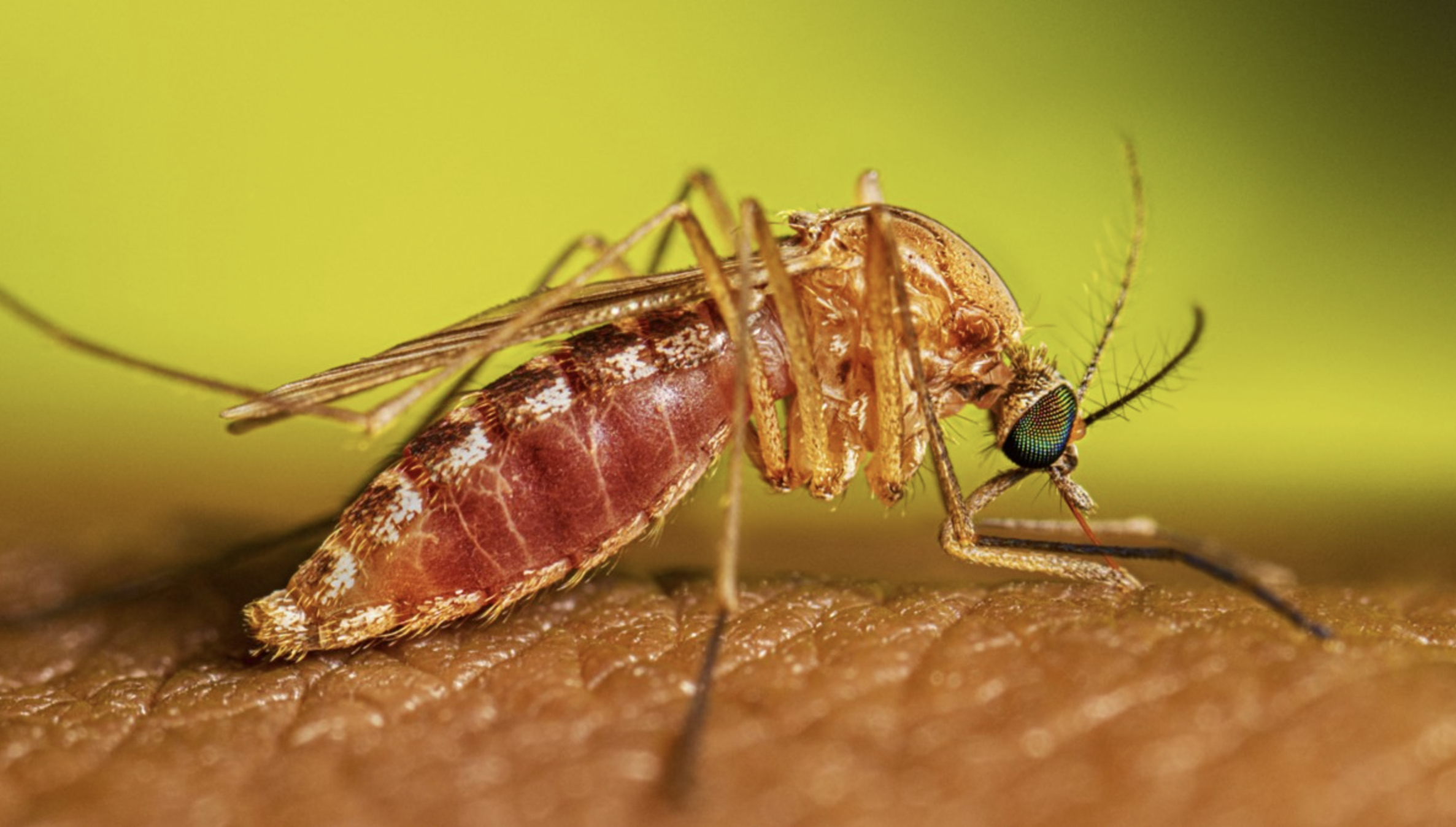 Malaria is spread through the bite of a female Anopheles mosquito infected with the plasmodium parasite.
Malaria is spread through the bite of a female Anopheles mosquito infected with the plasmodium parasite. It shows the parasite not only remembers the medicines it defeated in the past (such as chloroquine), but is building resistance against the drugs we rely on today, while preparing to fight future treatments.
Scientists from the Kenya Medical Research Institute (Kemri) and Brown University (US) made this assessment after tracking the parasite’s resistance to malaria drugs in Kenya between 1998 and 2021 in the most comprehensive such study in East Africa to date.
They have published their findings in a paper available on the preprint server MedRxiv.
Kenya’s national malaria treatment strategy has changed multiple times in the past 25 years, but the new findings suggest the parasite has kept up and sometimes even anticipated new treatments before they came.
“These findings demonstrate the rapid and dynamic evolution of drug resistance in response to shifting antimalarial drug pressures,” the scientists said. “They underscore the need for sustained genomic surveillance in malaria-endemic regions to inform adaptive treatment strategies.”
The researchers analysed 642 blood samples from malaria patients across Kenya, collected between 1998 and 2021. They analysed parasites found in the blood using powerful genetic tools, helping them track how the malaria parasite has changed in response to Kenya’s shifting drug policies.
They conclude that the parasite is a step ahead.
Kenya changed malaria treatment policy from chloroquine in the 1990s to sulphadoxine-pyrimethamine (SP) in 1998 and then to artemisinin-based combination therapies (ACTs) in 2006.
The new findings suggest the parasite was not just reacting to these changes, but it was anticipating them.
Soon after ACTs were adopted in 2006, mutations that help the parasite survive Kenya’s preferred drug, artemether-lumefantrine (Coartem), began rising sharply.
The researchers identified the dramatic spread of a mutant version of the parasite carrying what is known as the MDR1 NFD haplotype. This is a trio of mutations that make lumefantrine less effective.
“Following the adoption of artemether-lumefantrine (AL) in 2006, we observed a rapid expansion of MDR1 N86N, Y184F, and D1246D alleles associated with reduced lumefantrine susceptibility,” the researchers observed.
By 2021, this resistant version had become dominant, silently outcompeting its more drug-sensitive cousins. No policy at Afya House had accounted for that, and even now, few malaria treatment guidelines reflect these shifts.
Even more damning is how the parasite responded when Kenya retired old drugs. Kenya officially dropped chloroquine (CQ) in 1998 due to resistance. Yet for eight more years, the resistant mutations stuck around, as if the parasite knew chloroquine might still be circulating informally.
But the moment ACTs became the main therapy in 2006, the old chloroquine-resistant mutations started to vanish. The parasite quickly reverted to its original form (the CQ-sensitive again) as if preparing for a possible chloroquine comeback.
“We observed a progressive loss of the hallmark CQ-resistant (CVIET and CVIETS) haplotypes… and the predominance of wild-type alleles,” the study said.
That is not random evolution but an adaptation that is smart, calculated, and faster than a bureaucratic response.
SP was officially sidelined in 2006. Yet today, Kenya still uses it in pregnant women and children under five to prevent malaria. The parasite, apparently aware, has clung onto the very mutations that render SP useless.
The study found that DHFR and DHPS mutations associated with SP resistance are now near-fixation, meaning they are found in nearly all malaria parasites circulating in Kenya.
“The triple DHFR-IRN (I51-R59-N108) and double DHPS GE (G437G-E540E) haplotypes associated with high-level SP resistance reached fixation shortly after SP became frontline therapy in 1998 and have persisted despite its withdrawal.”
That suggests that even though the government thinks SP is safe for prevention, the parasite has evolved to ignore it.
“More concerning is the emergence of quadruple DHFR IRNL and triple DHPS GEG (reported in Rwanda and Tanzania) … which could undermine SP-based intermittent preventive treatment if they continue to spread.”
The parasite’s next trick may be its deadliest.
The researchers did not find widespread mutations that fully resist artemisinin, the backbone of today’s ACT drugs. However, they did find suspicious changes that suggest trouble is brewing.
“We detected UBP1 mutations D1525E and E1528D and AP2MU mutation S160N, which have all been linked to delayed clearance after treatment with ACTs,” they warned.
That means artemisinin may start taking longer to clear infections. This is a key warning sign of resistance. And Kenya has already confirmed the presence of two fully validated artemisinin resistance mutations — A675V and C469Y — in samples collected in 2021 and 2022. But those came after this study ended.
If those mutations spread (and the parasite has shown it knows how to spread them), the country’s entire malaria response could be compromised.
The authors have advised Kenya to invest in real-time molecular surveillance, revise treatment policies quickly based on new evidence, and prepare for next-generation drug strategies, like triple-drug therapies.
“Combining enhanced molecular surveillance with therapeutic efficacy studies (TES) will provide a more comprehensive understanding of drug resistance evolution and inform future malaria control strategies. This work is particularly important considering the recent emergence of validated ART-R-associated K13 mutations in Kenya. As ART-R expands regionally and ACT partner drug and preventative treatment resistance trends continue to evolve, enhanced genomic surveillance will be critical for guiding adaptive treatment policies and sustaining malaria control efforts,” they said.
Their paper is titled, “Two decades of molecular surveillance in Kenya reveal shifting Plasmodium falciparum drug resistance mutations linked to frontline drug changes.”
Malaria is spread through the bite of a female Anopheles mosquito infected with the plasmodium parasite. In Kenya, it kills about 10,000 people every year, most of them young children and pregnant women, according to the Ministry of Health and WHO estimates.











